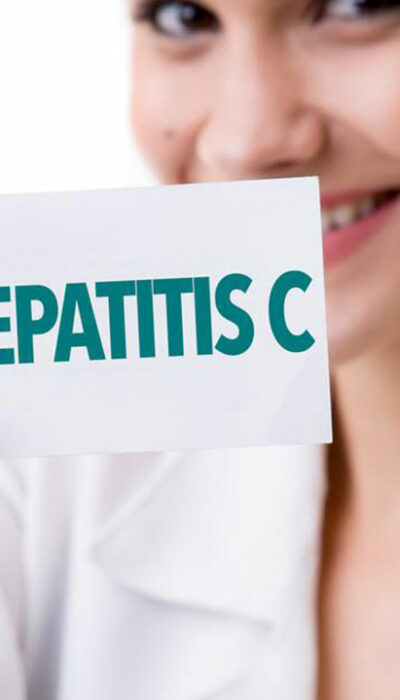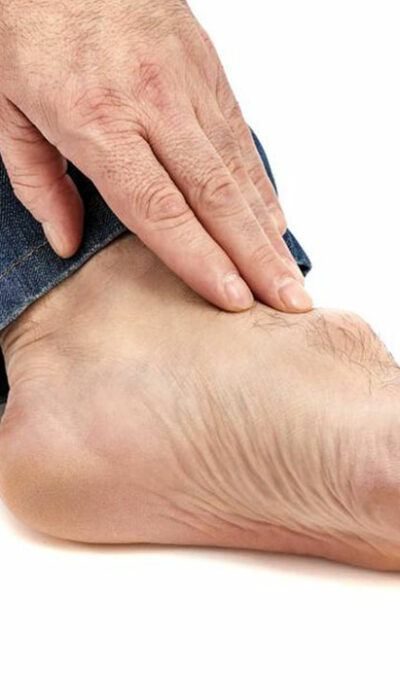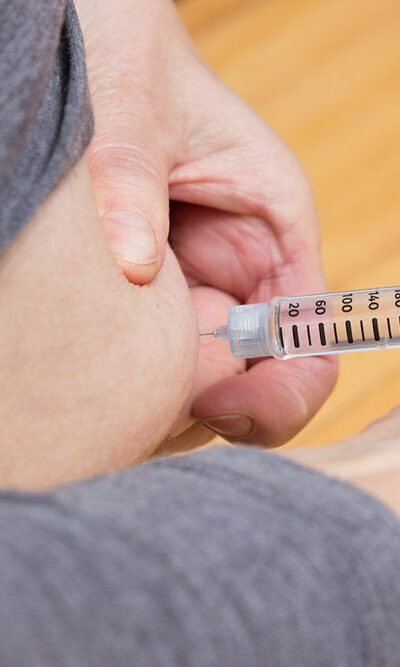
5 effective treatment options for esophageal cancer
Esophageal cancer affects the long hollow tube called the esophagus that runs from the throat to the stomach. Unhealthy lifestyle choices like tobacco and alcohol consumption and other factors like obesity can elevate the risk of this form of cancer. Early detection facilitates successful treatment, and doctors might recommend several options to manage esophageal cancer symptoms. Here are a few effective treatment methods: Chemotherapy This treatment is used if the cancerous tumor is inaccessible or if cancer has metastasized (spread to distant parts of the body). Chemotherapy medications are often administered intravenously to destroy cancer cells, but they also damage healthy cells as they are unable to differentiate between normal and malignant cells. While normal cells are able to rejuvenate, chemotherapy can cause serious side effects that must be managed with medications. Targeted therapy Some mutations of esophageal cancer can be difficult to treat with chemotherapy, so medications that target specific weaknesses of the malignant cells are also given to increase the effectiveness of treatment. Targeted therapy is usually given to patients with advanced stages of esophageal cancer. Immunotherapy This is one of the most recent forms of cancer treatment. Immunotherapy simply enhances the patients’ immune response to cancer, and the enhanced immune system recognizes and targets malignant or cancerous cells specifically. That said, immunotherapy can have its own side effects like decreased blood count, which can be managed through alternate medications. It is administered in several ways but can be comparatively more expensive than chemotherapy. It is recommended for patients with advanced stages of esophageal cancer. Radiotherapy This is a less invasive form of cancer treatment and is usually used to treat early-stage esophageal cancer. It may be administered in combination with chemotherapy to weaken the cancer cells. Radiotherapy or radiation therapy involves exposing the cancer cells or tumorous growth to high-energy beams, like x-rays or protons.










